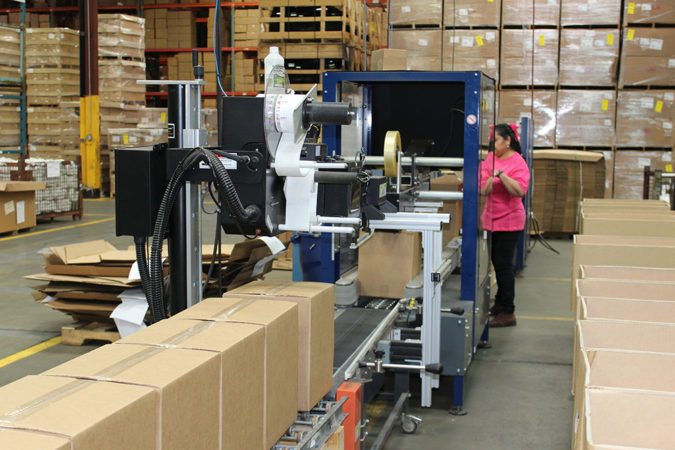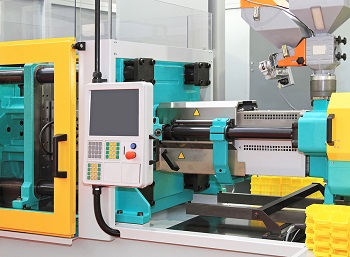IMARC Group, a leading market research company, has recently releases report titled “Injection Molding Machines Market: Global Industry Trends, Share, Size, Growth, Opportunity and Forecast 2023-2028.” The study provides a detailed analysis of the industry, including the global injection molding machines market size, report, share, growth, trends, and forecasts. The report also includes competitor and regional analysis and highlights the latest advancements in the market.
Industry Overview of Injection Molding Machines Market
Injection molding machines are advanced manufacturing devices used to produce a wide range of plastic products through the injection molding process. They consist of a feeding system, an injection unit, a clamping unit, and an ejection system. The process begins with the melting of plastic pellets or granules, which are then injected into a mold cavity under high pressure. The molten plastic fills the mold, taking its shape, and is cooled and solidified to form the desired product. Injection molding machines are highly precise and efficient, capable of producing complex shapes and intricate details with high repeatability. They are widely used in various industries, including automotive, packaging, medical, electronics, and consumer goods, to manufacture items such as automotive parts, packaging containers, medical devices, electronic components, and household appliances. Injection molding machines play a crucial role in mass production, enabling cost-effective and rapid manufacturing of plastic products.
How Big Is the Injection Molding Machines Market?
The global injection molding machines market size reached US$ 11.2 Billion in 2022. Looking forward, IMARC Group expects the market to reach US$ 15.3 Billion by 2028, exhibiting a growth rate (CAGR) of 5.27% during 2023-2028.
Global Injection Molding Machines Market Trends and Drivers:
The injection molding machines market is influenced by several industry trends and drivers that shape its growth and development. One significant trend is the increasing demand for lightweight and durable plastic products across various industries. Injection molding machines enable the production of complex and high-quality plastic components with excellent dimensional accuracy, making them suitable for lightweight designs and reducing material waste. Another driver is the growing adoption of automation and smart manufacturing technologies. Advanced injection molding machines are equipped with automation features, such as robotic systems and computerized control systems, which enhance production efficiency, reduce labor costs, and improve overall manufacturing processes. Additionally, the rising emphasis on sustainability and eco-friendly practices is driving the demand for injection molding machines that use recycled or bio-based materials, as well as energy-efficient technologies. These machines contribute to the reduction of environmental impact and support the circular economy. Furthermore, the automotive and packaging industries are major drivers of the injection molding machines market. The automotive sector requires injection molding machines to produce various components, such as interior parts, exterior trims, and engine components, while the packaging industry relies on these machines for the production of plastic containers, caps, and closures. The growth of these industries, along with technological advancements in injection molding machines, is expected to drive market growth in the coming years.
What Is Included In Market Segmentation?
The report has been segmented the market into following categories:
Breakup by Machine Type:
- Hydraulic
- Electric
- Hybrid
Breakup by Material:
Breakup by Application:
- Automotive
- Consumer Goods
- Packaging
- Electronics
- Others
Breakup by Region:
- North America
- Asia-Pacific
- China
- Japan
- India
- South Korea
- Australia
- Indonesia
- Others
- Europe
- Germany
- France
- United Kingdom
- Italy
- Spain
- Russia
- Others
- Latin America
- Middle East and Africa
The report provides a comprehensive analysis of the industry key players listed below:
The Major Players in the market are Arburg GmbH + Co. KG, Chen Hsong Holdings Limited, Engel Holding Gesellschaft mbH, Haitian International, Japan Steel Works Ltd., KraussMaffei (China National Chemical Corporation), Milacron Holdings Corp. (Hillenbrand Inc.), Nissei Plastic Industrial Co. Ltd., Shibaura Machine Co. Ltd., Sumitomo Heavy Industries Ltd., Toyo Machinery & Metal Co. Ltd. and Ube Machinery Corporation Ltd. (Ube Industries Ltd.).









